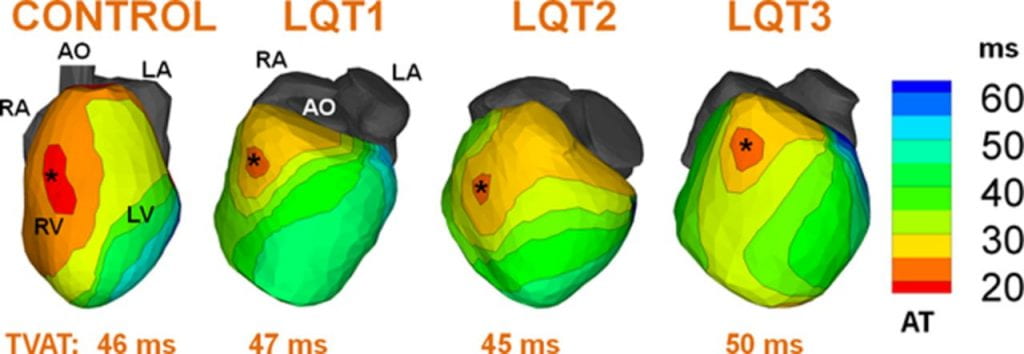A recent publication in the journal Circulation entitled, “Electrophysiologic substrate in congenital Long QT syndrome: noninvasive mapping with electrocardiographic imaging (ECGI)” describes research conducted by Ramya Vijayakumar, a PhD student in the lab. Ramya used a novel noninvasive imaging modality – Electrocardiographic Imaging (ECGI) to study the arrhythmic substrate in the hearts of 25 patients with a hereditary rhythm disorder, called the Long QT syndrome, that can lead to sudden death. This is the first study to shed light on the abnormal electrophysiology of a genetic disorder in the intact human heart.
Graduate Student Ramya Vijayakumar First Author on Paper
